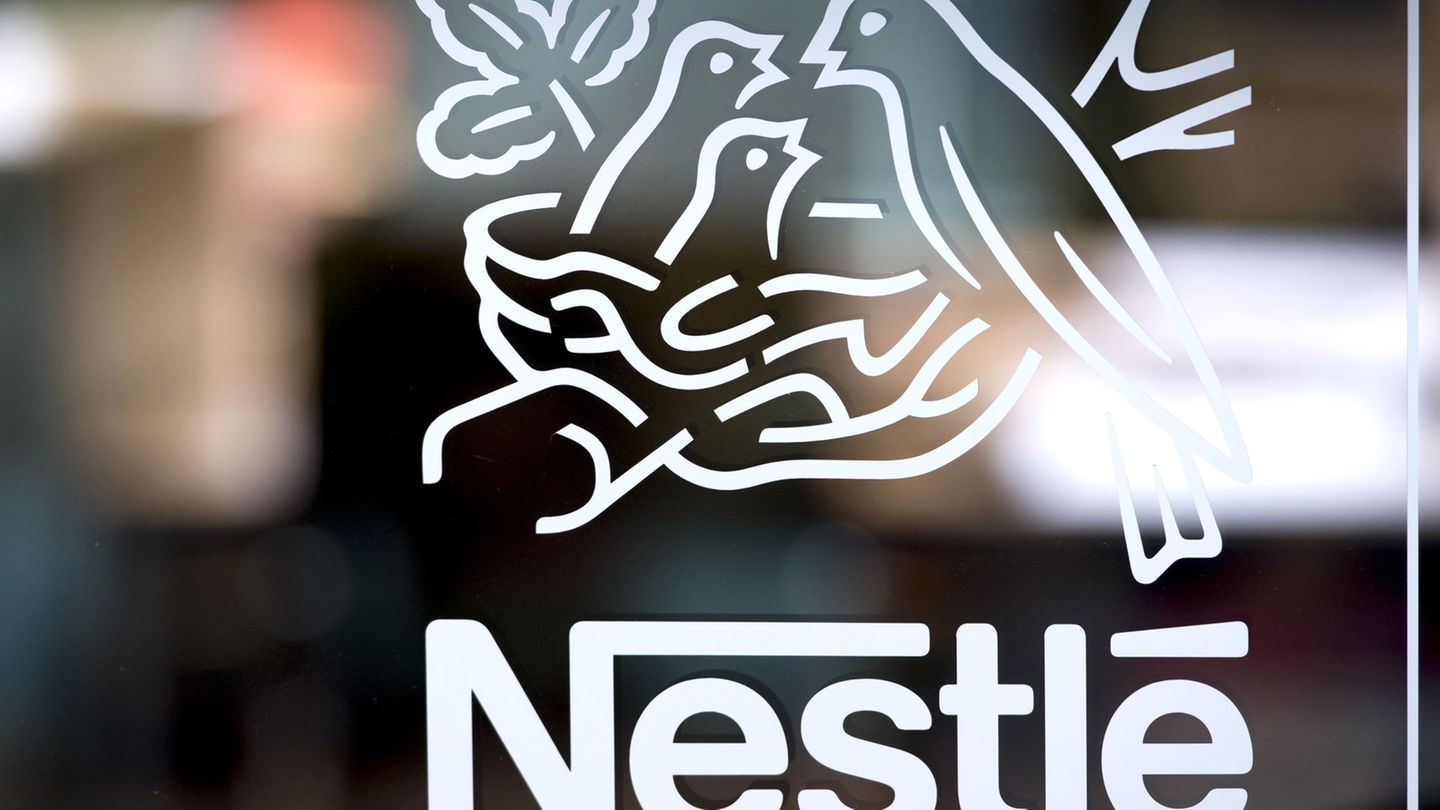In the same vein, the dollar MEP or Bolsa -also valued with the Global 2030 bond- fell 0.2% to settle at $200.31which brought the spread with the official to 81.5%.
It is worth remembering that in a context of rising inflation, both the CCL and the MEP had been posting significant rebounds. After hitting four-month lows in the middle of the month, both quotes recovered to almost $15.
The setbacks of this day occurred while the IMF board approved the agreement of extended facilities with the Argentine Government to renegotiate a debt of US $ 45,000 million.
In this way, the first disbursement of the agency is expected for US$9.8 billion. According to a report by the Argentine Institute of Fiscal Analysis (IARAF), the country would have a net debt of US$4.4 billion, taking into account all disbursements between now and 2024, which could be used as “budget support” in 2022. , that is, to strengthen international reserves.
At the same time, with the assumption of the closed Fund, the Minister of Economy Martín Guzmán could advance in the negotiations with the Paris Club, an institution with which an extension of terms was agreed this week to address the payment conditions of a debt of u$ s2,000 million.
The deal with the agency establishes a grace period of four and a half years, and extends disbursement payments to 10 years, so the country will begin to pay off the debt in 2026 and end in 2034. It also includes objectives in terms of fiscal, monetary and reserve accumulation.
Likewise, both parties also reached an understanding on the need to have an exchange rate compatible with the level of reserves, to attack inflation with a multicausal approach, and to move towards a path of positive interest rates in real terms.
Regarding this last point, it is worth noting that the Central Bank raised rates this week for the third time so far this year. Now the Leliqs that are offered to banks yield almost 55% in effective and annual terms, while fixed terms offer a return of more than 53%.
In this way, yields came close to an expected inflation of between 55% and 60% for 2022, and moved away from the current rate of devaluation, which currently hovers around 45%, which helps to calm the demand for dollars. .
“Finally, all the formal steps with the IMF were closed and now a new stage begins for Argentina, although what is coming is very difficult to comply with, but at least a breath of oxygen is achieved and a worrying ‘default’ is avoided,” he summarized. a banking analyst.
“The approval of the IMF, together with the arrival of dollars, should extend the climate of greater exchange calm, which is accompanied by the measures of the BCRA – in rates and ¨crawling-peg¨ – and by the next greater supply of foreign currency since This background should limit the gradual rebound that financial dollars have been accumulating recently, and thus it is possible to go through a stage of greater lateralization in the short term beyond the pressure of nominality due to inflation,” said economist Gustavo Ber.
official dollar
In the official segment, the wholesale exchange rate, which is directly regulated by the BCRA, advanced 20 cents in this session and ended the week at $101.38.
Thus, the currency tit returned 68 cents (0.6%) compared to last Friday, an increase less than the 82 cents (0.8%) that had risen in the previous week.
“However, the slippage of the price of the dollar continues with a slight acceleration in March with an adjustment that until today is in the order of 2.7% compared to last month, already exceeding the record for February”, clarified Gustavo Quintana, of PR Exchange Brokers.
In recent weeks, the BCRA more than doubled the rate of devaluation compared to the beginning of the year, towards an annualized rate of around 45%. However, the increases still trail behind an expected inflation of 55%/60%.
“We believe that, given the dynamics that mark the inflation, together with the political weakness of the government and the first disbursement from the IMF, the exchange rate will continue to fall behind, so we are leaving behind the scenario of a discreet and/or accelerated adjustment of the official exchange rate, by least for the next 4 months”projected in a report Martín Polo, Chief Strategist of Cohen.
This Friday the Central Bank had to sell some US$20 million to meet the insufficient supply, and during the week it registered a negative result of almost US$100 millionwhich lower the positive accumulated for the month to about US$417 million.
“The expectations of surpassing in March with some ease the results of the previous months are being diluted by the combined effect of a greater demand and a rate of income somewhat lower than expected, surely influenced by negative signs for the agro-export complex generated from the latest measures adopted and those that have transpired for the sector,” said Quintana.
For the second quarter of the year, a higher foreign currency income is expected due to the gross liquidation of soybeans and corn, therefore, the monetary authority could take advantage of it to maintain the current “crawling peg” and avoid adding fuel to the fire of inflationary dynamics.
For his part, the savings dollar or solidarity dollar -retail plus tax- advanced 13 cents this Friday to $190.89 on average.
The dollar blue bounced this Friday, March 25, 2022, after two consecutive wheels without changes, according to a field survey in the Black Market of Currencies. In this way, the gap with the official dollar stands at 83%.
The informal dollar climbed $1 on the $202 at the wheel, but ended the week down 50 cents.
So far in March, the parallel dollar is down $9 after ending last month at $211.
Source: Ambito
David William is a talented author who has made a name for himself in the world of writing. He is a professional author who writes on a wide range of topics, from general interest to opinion news. David is currently working as a writer at 24 hours worlds where he brings his unique perspective and in-depth research to his articles, making them both informative and engaging.




